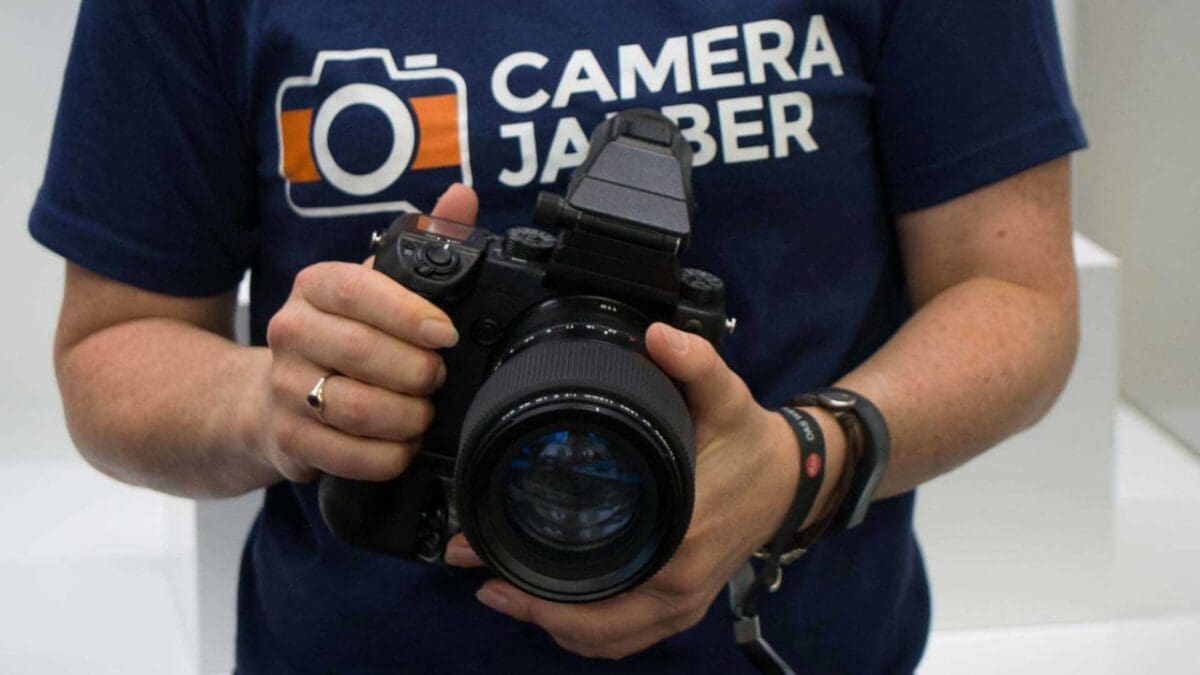After a little over 5 years of success with its X-series of compact and compact system cameras, Fuji is on a roll. But no business succeeds by standing still and in September the company created the lead story of Photokina by announcing the Fuji GFX line and the Fuji GFX 50S, a medium format mirrorless camera.
We think that was a great move and after reading these 7 reasons why the GFX is a good idea for Fujifilm, we think you will too.
1. Medium format cameras produce higher quality images
Fuji’s X-Trans CMOS sensors use a design that means they don’t need a low-pass filter and this enables Fuji’s X-Series mirrorless system cameras to produce high quality images with lots of detail, competing well with full-frame cameras.
Stepping up to a medium format sensor that measures 43.8 x 32.9mm and has 51.4 million pixels should enable a significant jump in image quality.
This is because each photoreceptor (pixel) is larger than the pixels on existing Fuji camera sensors and they can gather more light. More light means a stronger image signal is created and less noise is generated.
This greater light gathering power also enables medium format cameras to have greater dynamic range than their smaller sensor counterparts.
2. Fuji GFX gives pros an edge
A few years ago full-frame DSLRs were only really accessible to professional and well-heeled photographers.
However, models like the Nikon D750, Nikon D610, Canon 6D and Pentax K-1 have made full-frame photography more readily available to enthusiast photographers.
A medium format camera that is small enough to be used like a regular DSLR or CSC (compact system camera) enables those who can justify the cost to have an edge over all the enthusiasts with full frame cameras.
3. Fuji GFX creates a new market
Rather than pitching itself against Canon, Nikon, Pentax and Sony in the small format full-frame market, Fuji is forging a new market area.
To date its only competition within the mirrorless medium format camera market is Hasselblad, a company with a reputation for creating high quality (but very expensive) cameras and lenses.
If Fuji can offer a more versatile camera system and an attractive price is stands to win a lot of admirers.
4. Fuji has the heritage
Fuji has a rich heritage in photography, producing medium format cameras until quite recently. It understands the issues involved.
In addition, Fuji produces high quality lenses, even making many for Hasselblad.
5. Cameras need to evolve
As phones and the cameras inside them become more sophisticated, cameras need to evolve and improve to maintain a quality gap.
A key way to achieve this is to increase the sensor size, giving better image quality and more control over depth of field.
6. Fuji knows how to combine retro and modern
The retro trend is still strong in camera design and no manufacturer has pulled it off better than Fuji. Fuji’s X-Series cameras combine modern technology with fantastic retro design and tradition controls.
Part of the beauty of them is that the traditional controls aren’t just for misty-eyed romantics, there are some significant benefits such as the ability to see and change the camera’s exposure settings without even powering it up.
The Fuji GFX 50S encompasses many of the traditional features of some film medium format cameras such as an interchangeable viewfinder. The ability to make it smaller from travel, but easier to use in the studio is a masterstroke.
Further good news is that after 5 years of honing the X-Series camera interface, Fuji is now ready to implement it the GFX 50S.
This should make the camera easy to use, especially by photographers who shot with a Fuji X-T2 or Fuji X-Pro2.



